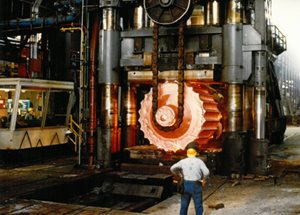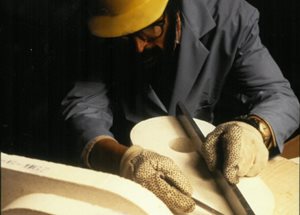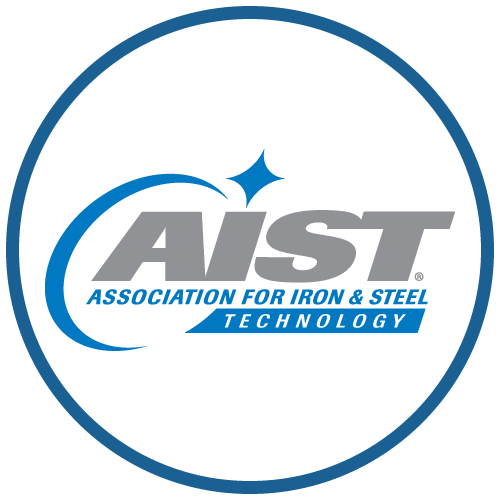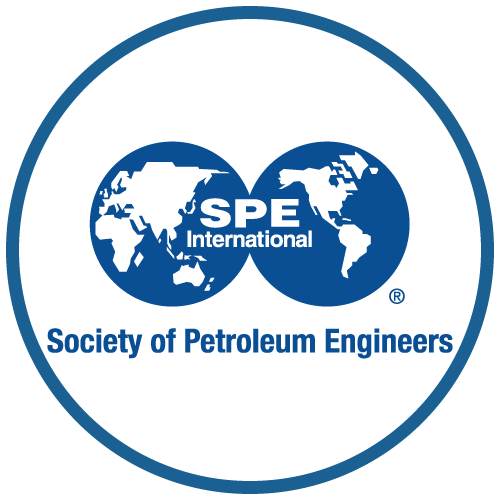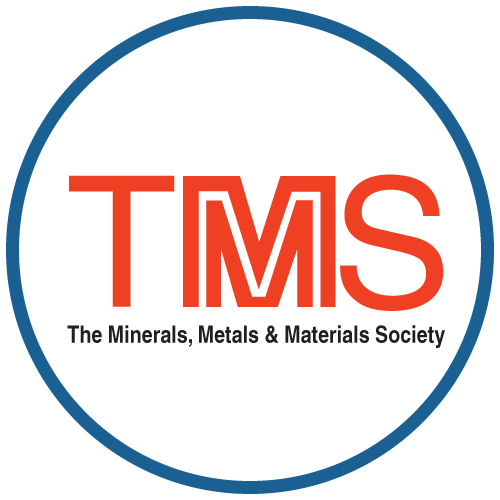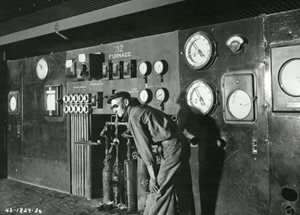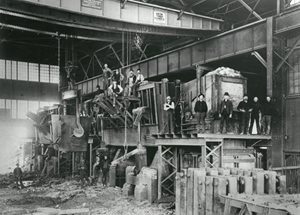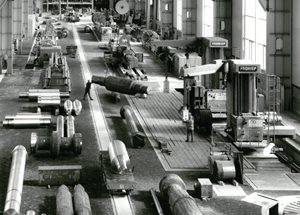Our History: 1871–Present
Association for Iron & Steel Technology (AIST): 2004–Present
On Jan. 1, 2004, the Iron & Steel Society (ISS) and the Association of Iron and Steel Engineers (AISE) consolidated to form the Association for Iron & Steel Technology (AIST). Each predecessor organization possessed a rich historical background, but both recognized the need for a unified effort to advance the technical development, production, processing and application for iron and steel.
The best practices of both predecessor organizations were incorporated into AIST, and we now have a strong, international, member-based technical organization that can sustain itself in an environment of continual change. AIST is committed to presenting superior technical meetings, conferences, exhibits and publications to better serve those involved in the iron and steel community, including steel manufacturers, suppliers, consumers and academics.
Founder Societies
AIST is a Member Society of the American Institute of Mining, Metallurgical, and Petroleum Engineers (AIME), one of the five Founder Societies for engineering established in the United States. Founded in 1871 by 22 mining engineers in Wilkes-Barre, Pennsylvania, AIME was one of the first national engineering societies established in the United States. Together with ASCE (civil), ASME (mechanical), IEEE (electrical), and AIChE (chemical), the engineering Founder Societies form the United Engineering Foundation (UEF).
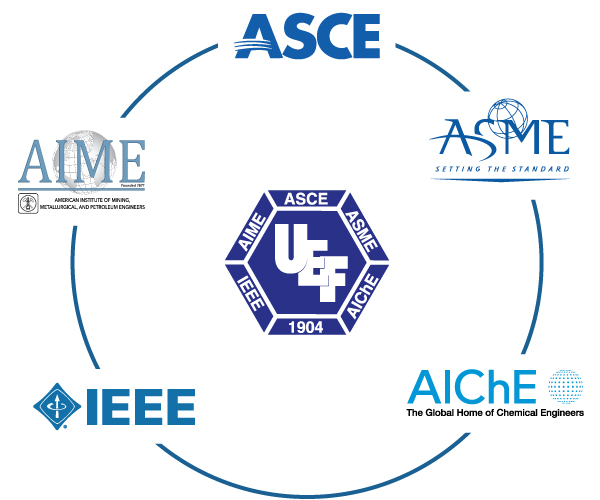
AIME and the Iron & Steel Society (ISS): 1871–2003
The Iron & Steel Society was formed in 1974 as the fourth constituent society of the American Institute of Mining, Metallurgical and Petroleum Engineers (AIME).
ISS was one of the "sister societies" of AIME. The other societies are the Society for Mining, Metallurgy and Exploration (SME), headquartered in Littleton, Colo.; the Society of Petroleum Engineers (SPE), headquartered in Richardson, Texas; and The Minerals, Metals & Materials Society (TMS), headquartered in Warrendale, Pa.
Upon the establishment of ISS, most of its members were previous members of TMS, although several of them maintained memberships in both societies. ISS and TMS moved from the New York City office of AIME in 1978 and built an office building in Warrendale, Pa., just north of Pittsburgh. In 1984, each of the four constituent societies incorporated separately, leaving AIME with a staff of four in a small office in Manhattan, an illustrious history and an eight-figure endowment fund.
In 1995, ISS adopted a new mission statement and a new strategic plan to guide the society into the 21st century. Perhaps the most visible change for the society was the construction of a new headquarters building, which ISS shared with TMS until the formation of AIST. The building was completed in December 1998, and the ISS staff moved in January 1999. In 2016, AIST purchased and renovated the building and TMS moved to new offices.
AIME Member Societies
AIST represents an incomparable network of steel knowledge and expertise with a mission of advancing the technical development, production, processing and application of iron and steel.
SME brings together the mining and mineral industry's brightest and most dedicated professionals. Our members are focused on sharing best practices for safety, environmental stewardship and moving mining forward.
AIME provides its societies a conduit to a well-networked engineering audience of policy and decision-makers and its collective membership a source of interaction, information, and recognition to benefit their careers.
TMS is a professional association that connects minerals, metals, and materials scientists and engineers who work in industry, academia, and government positions around the world.
Association of Iron and Steel Electrical Engineers (AISEE) and the Association of Iron and Steel Engineers (AISE): 1907–2003
The Association of Iron and Steel Electrical Engineers (AISEE) began on April 26, 1907, when a group of 28 electrical and mechanical engineers and superintendents from prominent iron and steel companies gathered in Pittsburgh, Pa., to attend a special exhibit of electrical equipment for possible use in their plants. James Farrington, who organized the exhibit, was the founder and first president of AISEE. The first District Section was formed in Pittsburgh in 1914, followed by Chicago in 1915 and Cleveland and Philadelphia in 1916.
When the organization's membership and activities expanded so much that it was necessary to employ a full-time manager, John F. Kelly became the first Managing Director of AISEE in 1917. Under Kelly's leadership, the first Iron and Steel Exhibition was held in St. Louis in 1919, and publication of a monthly journal, Iron and Steel Engineer, began in 1924.
In 1936 the name of the organization was abridged to The Association of Iron and Steel Engineers (AISE) to better reflect the growing interest in engineering fields other than electrical. In its continuing effort to provide practical and useful technical information to the industry, AISE sponsored specialty conferences, training courses and exhibitions that drew suppliers and steel producers from all over the world. The historical timeline for AISE is available here.
By the time AISE began its full-fledged consolidation efforts in 2003, there were 16 Technical Divisions, 21 Subcommittees and 18 District Sections. Ronald E. Ashburn, now the Executive Director of AIST, served as the eighth Managing Director of AISE, beginning in 2002.


